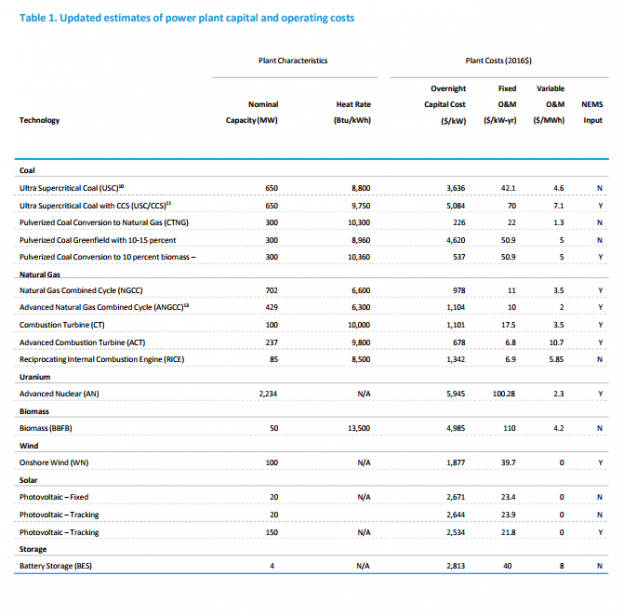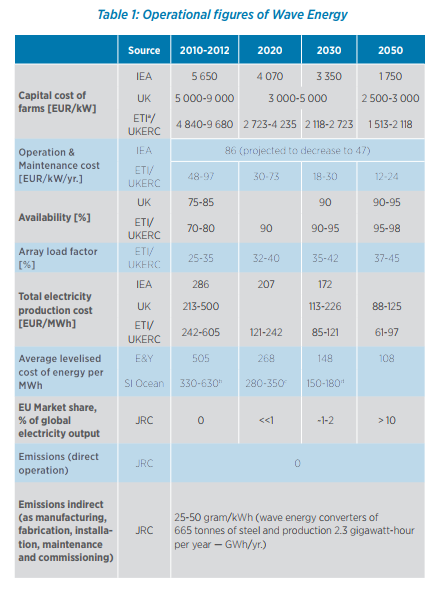Error, Uncertainty & Subjectivity:
There are many areas of uncertainty, error and subjectivity present in the design of our MCE and within the data that was utilized. Any conclusions or recommendations that are drawn from our MCE and its results would have to be directly tested before any action is taken to provide renewable energy to Haida Gwaii’s North Grid.
The subjectivity used in our Advised Against layer simply reflects attitudes we encountered in our research. Ecologically and culturally important areas were cited more often than economic factors, so they were given precedence in the normalization of the layer. Furthermore, the classification and selection of commercially active attributes in fishing and transportation layers derived from BCMCA excluded all but the most densely reported areas. This classification was done arbitrarily to save only areas used extensively.
The wave and wind energy potential data layers provided by the BCMCA exist at low 2 km by 2 km resolution. Such low resolutions may cause errors that are unaccounted for in our MCE analyses. For example, while the low spatial resolution of the wave energy potential raster layer may be a major source of error for waves in the open ocean, it’s plausible that this layer may not be giving us an accurate representation of how wave energy varies in areas close to the coastline, where bathymetric features (which influence wave height) are more rapidly changing. These resource estimates were made almost a decade ago, thus it may be worthwhile for renewable energy proponents to provide more detailed resource estimates with increased spatial accuracy. The wind potential layer is set at 30m height, though wind turbines will be set higher. This may actually result in higher average annual wind speeds, though this is uncertain.
The raster layer representing the direct incoming solar radiation for each pixel in our DEM (created by the Area Solar Radiation tool) also represents a large area of error/uncertainty present in our solar results. First off, the shading effects caused by Haida Gwaii’s forested areas were modeled simply by adding 40 meters to the DEM for each DEM pixel that overlapped with a tree polygons in our vegetation layer. Of course in reality, all forested areas on Haida Gwaii are not 40 meters in height and thus the shading effects caused by the trees on Haida Gwaii are subject to high degrees of uncertainty and error. Furthermore, our use of the Area Solar Radiation tool did not specifically take into account the effects of reduced incoming solar radiation caused by cloud coverage. To expand, the Area Solar Radiation Tool requires an input transmissivity value (between 0 and 1), to calculate the amount of direct incoming solar radiation over a period of time. We used the default value of 0.5. In reality, clouds are likely to cover the island for significant portions of the year, which would decrease the transmissivity of the lower atmosphere and thereby decrease the amount of incoming solar radiation received at each pixel over the course of a year. These sources of error could explain why our solar results predicted a very large power capacity of ~10MW for a solar farm of area 350 meters by 800 meters on Haida Gwaii.
The weights which were chosen to be applied to our normalized factor layers when conducting our weighted overlay as well as the scores that were applied to our advised against areas layer also represents a major source of uncertainty and error which is brought about by the inherent subjectivity of our MCEs. In many ways, it is naive and far-fetched for two undergraduate students at UBC to decide the relative importance of each factor without any consultation with the people and governing bodies on Haida Gwaii. While our selection of what scores/weights would be applied across our MCE was not arbitrary, they were simply speculative and in no way certain.
Discussion of MCE Results:
Despite the inherent subjectivity that exists within our MCEs, their results illustrate the challenges faced by renewable energy proponents on Haida Gwaii. Furthermore, because we gave our ‘advised against areas’ layer a high weight in all three MCE’s, the results highlight the effect that these preexisting economic, environmental and social interests on Haida Gwaii would have in preventing new renewable energy projects from being developed. However, in reality, these factors must be accounted for if renewable energy is to be implemented into the North Grid.
High-scoring MCE areas in the wave MCE were low in numbers and were in the range of 66-80, which shows the effect of the considered environmental and economic factors encompassed in the ‘advised against areas’ layer has on siting an array of WEC devices. The fact that no areas in our wave MCE scored greater than 80 is a representation of the tradeoffs which must be made in order to develop a WEC array off of Haida Gwaii’s North Coast. Almost any WEC array placed off of Haida Gwaii’s north coast would surely overlap with environmental factors (like shorebird breeding areas, for example) through the electrical lines that would be moored to the sea floor and connected to the electrical transmission network on the island. Furthermore, the actual placement of the WEC devices themselves would be hard pressed to avoid overlap with existing transportation routes and sport fishing areas, which are sources that could cause additional public backlash if not properly considered.
The solar MCE produced higher scoring areas, many of which scored in the 90-100 range. These results show us that there are many flat areas that are outside of ‘advised against areas’ on the island which could be considered as locations for a new solar farm. However these high scoring areas are sparsely located and relatively small in area, which highlights the extent of Haida Gwaii’s protected areas, parks, forests and stream networks. The solar MCE results are considered favorable because ample high scoring areas for a new solar farm exist throughout the island and relatively close to existing transmission lines and North Grid communities.
The wind MCE produced by far the largest total area which could be harnessed for electricity, and much of the area scoring higher than 80 in the Weighted Sum analysis. Optimal wind farm zones occupying the Hecate Strait are largely excluded from commercial, cultural, and ecological zones, though power output is considered less than optimum by off-shore wind standards. There is significant potential for electricity production, though it is more remote than the other alternatives, and will require greater investment in infrastructure.
Drawing conclusions:
The placement of solar farms in our optimal locations produces almost all of the electrical output the North Grid requires. The solar modules are quite close to existing transmission lines, do not require the clear-cutting of forests, and will not have detrimental effects on bird populations once construction is complete. Area requirements are also quite low: less than one km² would supply the North Grid with enough electricity.

Taken from Capital Cost Estimates for Utility Scale Electricity Generating Plants (US Energy Information Administration)
Photovoltaic tracking overnight capital costs run at about US$2644/kW
1 MW = 1000kW
1 MW = US$2,644,000.00
12.545 x US$2,644,000 = US$33,168,980
While some areas suitable for wave energy are close to Masset, most areas are far off-shore to the southwest. This represents greater investments in infrastructure. Wave energy converter technology is still in its infancy as well, and will require greater mass production and better design to reach lower price levels and greater efficiency in power conversion.
1 kW = EUR$5650
1 MW = 1000 x EUR$5650 = EUR$5,650,000
12.545 x EUR$5,650,000 = EUR$70,879,250
Converted to US$ (1.19 conversion rate), it is closer to US$84,346,307.50
Wind energy would be suitable for development in the Hecate Strait, except that is it not cost-effective at low project sizes. In order for the project to be profitable, it would have to greatly exceed the North Grid’s goal of 12.545 MW capacity. This would require a substantial areal and financial investment due to the high costs of off-shore turbine placement and the laying of additional transmission line.
The total project requires at least 12.545MW, so:
US$5000 per kW
12,545 kW in 12.545MW
5000 x 12,545 = $62,725,000
Despite these sources of error and inaccuracies, our results suggest that the solar alternative will prove to be the most cost-effective and environmentally benign solution to providing the North Grid with ample electricity. The solar method requires the least amount of space, is closest to existing transmission lines, and represents the lowest initial capital costs.


